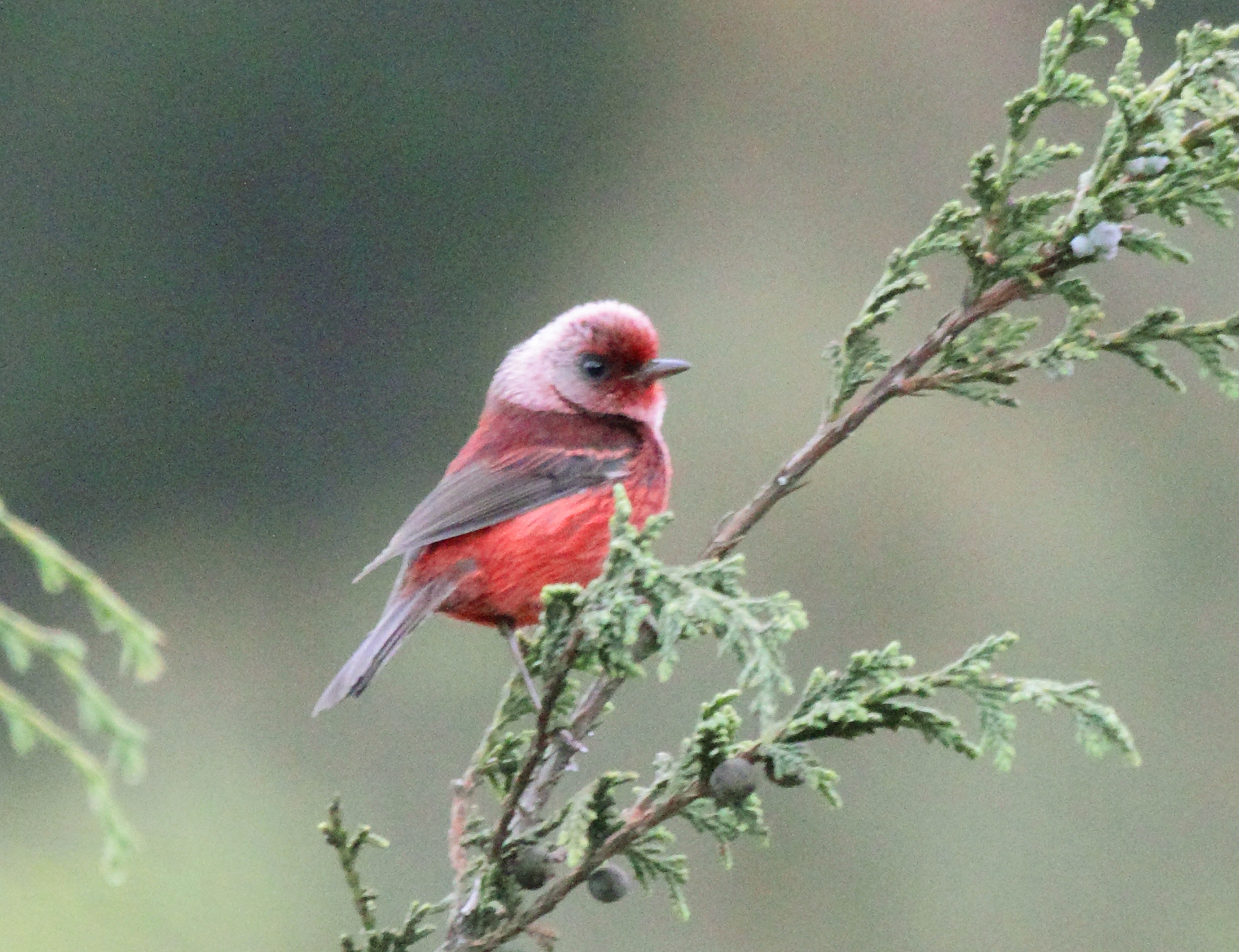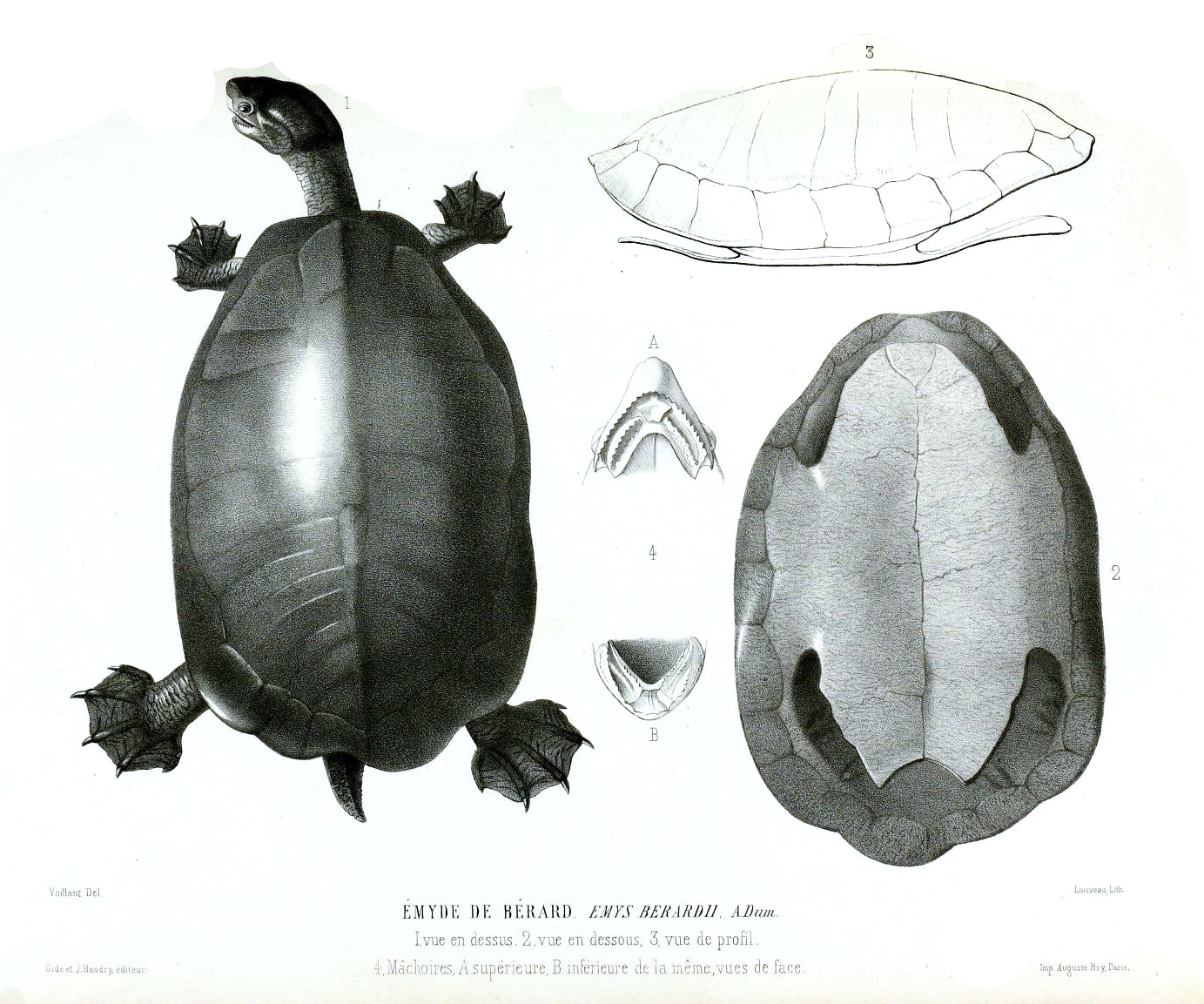|
Sumidero Canyon National Park
Sumidero Canyon () is a deep natural canyon located just north of the city of Chiapa de Corzo in the state of Chiapas, in southern Mexico. The canyon's creation began around the same time as the Grand Canyon in the U.S. state of Arizona, by a crack in the area's crust and subsequent erosion by the Grijalva River, which still runs through it. Sumidero Canyon has vertical walls which reach as high as , with the river turning up to 90 degrees during the length of the narrow passage. The canyon is surrounded by the Sumidero Canyon National Park, a federally protected natural area of Mexico which extends for over four municipalities of the state of Chiapas. This park is administered by the National Commission of Protected Natural Areas (CONANP). Most of the vegetation in the park is low- to medium-height deciduous rainforest, with small areas of mixed pine-oak forest and grassland. At the north end of the canyon is the Chicoasén Dam and its artificial reservoir, one of several ... [...More Info...] [...Related Items...] OR: [Wikipedia] [Google] [Baidu] |
Chiapas
Chiapas, officially the Free and Sovereign State of Chiapas, is one of the states that make up the Political divisions of Mexico, 32 federal entities of Mexico. It comprises Municipalities of Chiapas, 124 municipalities and its capital and largest city is Tuxtla Gutiérrez. Other important population centers in Chiapas include Ocosingo, Tapachula, San Cristóbal de las Casas, Comitán, and Arriaga, Chiapas, Arriaga. Chiapas is the southernmost state in Mexico, and it borders the states of Oaxaca to the west, Veracruz to the northwest, and Tabasco to the north, and the Petén Department, Petén, Quiché Department, Quiché, Huehuetenango Department, Huehuetenango, and San Marcos Department, San Marcos departments of Guatemala to the east and southeast. Chiapas has a significant coastline on the Pacific Ocean to the southwest. In general, Chiapas has a humid, tropical climate. In the northern area bordering Tabasco, near Teapa Municipality, Teapa, rainfall can average more than pe ... [...More Info...] [...Related Items...] OR: [Wikipedia] [Google] [Baidu] |
Cuchumatanes
The Sierra de los Cuchumatanes, in western Guatemala, is the highest non-volcanic mountain range in Central America. Etymology The name "Cuchumatán" is derived from the Mam language, Mam words ''cuchuj'' (to join or unite) and ''matán'' (with superior force) and means "that which was brought together by superior force". Cuchumatán may also be a derivation of the Nahuatl word ''kochmatlán'', which means "place of the parrot hunters". Geography The mountains' elevations range from to over , and the range covers an area of .Lovell 2005:11 With an area of lying above , it is also the most extensive highland region in Central America. The Sierra lies in western Guatemala in the departments of Huehuetenango (department), Huehuetenango and El Quiché. Its western and south-western borders are marked by the Seleguá River, which separates it from the Sierra Madre de Chiapas, Sierra Madre volcanic chain. Its southern border is defined by the Chixoy River, Río Negro, which flows i ... [...More Info...] [...Related Items...] OR: [Wikipedia] [Google] [Baidu] |
Potassium
Potassium is a chemical element; it has Symbol (chemistry), symbol K (from Neo-Latin ) and atomic number19. It is a silvery white metal that is soft enough to easily cut with a knife. Potassium metal reacts rapidly with atmospheric oxygen to form flaky white potassium peroxide in only seconds of exposure. It was first isolated from potash, the ashes of plants, from which its name derives. In the periodic table, potassium is one of the alkali metals, all of which have a single valence electron in the outer electron shell, which is easily removed to create cation, an ion with a positive charge (which combines with anions to form salts). In nature, potassium occurs only in ionic salts. Elemental potassium reacts vigorously with water, generating sufficient heat to ignite hydrogen emitted in the reaction, and burning with a lilac-flame color, colored flame. It is found dissolved in seawater (which is 0.04% potassium by weight), and occurs in many minerals such as orthoclase, a ... [...More Info...] [...Related Items...] OR: [Wikipedia] [Google] [Baidu] |
Magnesium
Magnesium is a chemical element; it has Symbol (chemistry), symbol Mg and atomic number 12. It is a shiny gray metal having a low density, low melting point and high chemical reactivity. Like the other alkaline earth metals (group 2 of the periodic table), it occurs naturally only in combination with other elements and almost always has an oxidation state of +2. It reacts readily with air to form a thin Passivation (chemistry), passivation coating of magnesium oxide that inhibits further corrosion of the metal. The free metal burns with a brilliant-white light. The metal is obtained mainly by electrolysis of magnesium Salt (chemistry), salts obtained from brine. It is less dense than aluminium and is used primarily as a component in strong and lightweight magnesium alloy, alloys that contain aluminium. In the cosmos, magnesium is produced in large, aging stars by the sequential addition of three Helium nucleus, helium nuclei to a carbon nucleus. When such stars explo ... [...More Info...] [...Related Items...] OR: [Wikipedia] [Google] [Baidu] |
American Crocodile
The American crocodile (''Crocodylus acutus'') is a species of crocodilian found in the Neotropics. It is the most widespread of the four Extant taxon, extant species of crocodiles from the Americas, with populations present from South Florida, the Caribbean islands of Cuba, Jamaica, and Hispaniola, and the coasts of Mexico to as far south as Peru, Ecuador, Colombia, and Venezuela. The habitat of the American crocodile consists largely of coastal areas. It is also found in river systems, but tends to prefer salinity, resulting in the species congregating in brackish lakes, mangrove swamps, lagoons, cays, and small islands. Other crocodiles also have tolerance to saline water, saltwater due to salt glands underneath the tongue, but the American crocodile is the only species other than the saltwater crocodile to commonly live and thrive in saltwater. They can be found on beaches and small island formations without any freshwater source, such as many cays and islets across the Carib ... [...More Info...] [...Related Items...] OR: [Wikipedia] [Google] [Baidu] |
Central American River Turtle
The hickatee (''Dermatemys mawii'') or in Spanish ''tortuga blanca'' ('white turtle'), also called the Central American river turtle, is the only living species in the family Dermatemydidae. The species is found in the Atlantic drainages of Central America, specifically Belize, Guatemala, southern Mexico, and probably Honduras. It is a relatively large-bodied species, with records of straight carapace length and weights of ; although most individuals are smaller. This is a herbivorous and almost completely aquatic turtle that does not even surface to bask. Bizarrely for reptiles, the eggs can remain viable even after being underwater for weeks -in the recent past, some scientists mistakenly claimed it nests underwater, likely due to visiting Central America during a frequent flood, when nests are often submerged. In the culture of the Ancient Mayan civilisation this species and turtles in general had numerous uses such as being used in warfare, as musical instruments and as fo ... [...More Info...] [...Related Items...] OR: [Wikipedia] [Google] [Baidu] |
Cofferdam
A cofferdam is an enclosure built within a body of water to allow the enclosed area to be pumped out or drained. This pumping creates a dry working environment so that the work can be carried out safely. Cofferdams are commonly used for construction or repair of permanent dams, oil platforms, bridge piers, etc., built within water. These cofferdams are usually welded steel structures, with components consisting of Larssen sheet piling, sheet piles, Wale (ship part), wales, and cross timber framing, braces. Such structures are usually dismantled after the construction work is completed. The origin of the word comes from ''coffer'' (originally from Latin meaning 'basket') and ''dam'' from Proto-Germanic meaning 'barrier across a stream of water to obstruct its flow and raise its level'). #Naval architecture, The term is also used in naval architecture, to refer to a space between two watertight bulkheads or decks within a ship. Uses For dam construction, two cofferdams ar ... [...More Info...] [...Related Items...] OR: [Wikipedia] [Google] [Baidu] |
Mesozoic
The Mesozoic Era is the Era (geology), era of Earth's Geologic time scale, geological history, lasting from about , comprising the Triassic, Jurassic and Cretaceous Period (geology), Periods. It is characterized by the dominance of archosaurian reptiles such as the dinosaurs, and of Gymnosperm, gymnosperms such as cycads, ginkgoaceae and Araucariaceae, araucarian conifers; a hot Greenhouse and icehouse earth, greenhouse climate; and the tectonic break-up of Pangaea. The Mesozoic is the middle of the three eras since Cambrian explosion, complex life evolved: the Paleozoic, the Mesozoic, and the Cenozoic. The era began in the wake of the Permian–Triassic extinction event, the largest mass extinction in Earth's history, and ended with the Cretaceous–Paleogene extinction event, another mass extinction whose victims included the non-avian dinosaurs, Pterosaur, pterosaurs, Mosasaur, mosasaurs, and Plesiosaur, plesiosaurs. The Mesozoic was a time of significant tectonic, climatic, an ... [...More Info...] [...Related Items...] OR: [Wikipedia] [Google] [Baidu] |
Mesa
A mesa is an isolated, flat-topped elevation, ridge, or hill, bounded from all sides by steep escarpments and standing distinctly above a surrounding plain. Mesas consist of flat-lying soft sedimentary rocks, such as shales, capped by a resistant layer of harder rock, like sandstone or limestone, forming a caprock that protects the flat summit. The caprock may also include dissected lava flows or eroded duricrust. Unlike a ''plateau'', which is a broader, elevated region that may not have horizontal bedrock (e.g., Tibetan Plateau), a mesa is defined by flat-lying strata and steep-sided isolation. Large, flat-topped plateaus with horizontal strata, less isolated and often part of extensive plateau systems, are called '' tablelands''. A ''butte'' is a smaller, eroded mesa with a limited summit, while a '' cuesta'' has a gentle dip slope and one steep escarpment due to tilted strata.Duszyński, F., Migoń, P. and Strzelecki, M.C., 2019. ''Escarpment retreat in sedim ... [...More Info...] [...Related Items...] OR: [Wikipedia] [Google] [Baidu] |
Karst
Karst () is a topography formed from the dissolution of soluble carbonate rocks such as limestone and Dolomite (rock), dolomite. It is characterized by features like poljes above and drainage systems with sinkholes and caves underground. There is some evidence that karst may occur in more weathering-resistant rocks such as quartzite given the right conditions. Subterranean drainage may limit surface water, with few to no rivers or lakes. In regions where the dissolved bedrock is covered (perhaps by debris) or confined by one or more superimposed non-soluble rock strata, distinctive karst features may occur only at subsurface levels and can be totally missing above ground. The study of ''paleokarst'' (buried karst in the stratigraphic column) is important in petroleum geology because as much as 50% of the world's Oil and gas reserves and resource quantification, hydrocarbon reserves are hosted in carbonate rock, and much of this is found in porous karst systems. Etymology ... [...More Info...] [...Related Items...] OR: [Wikipedia] [Google] [Baidu] |









